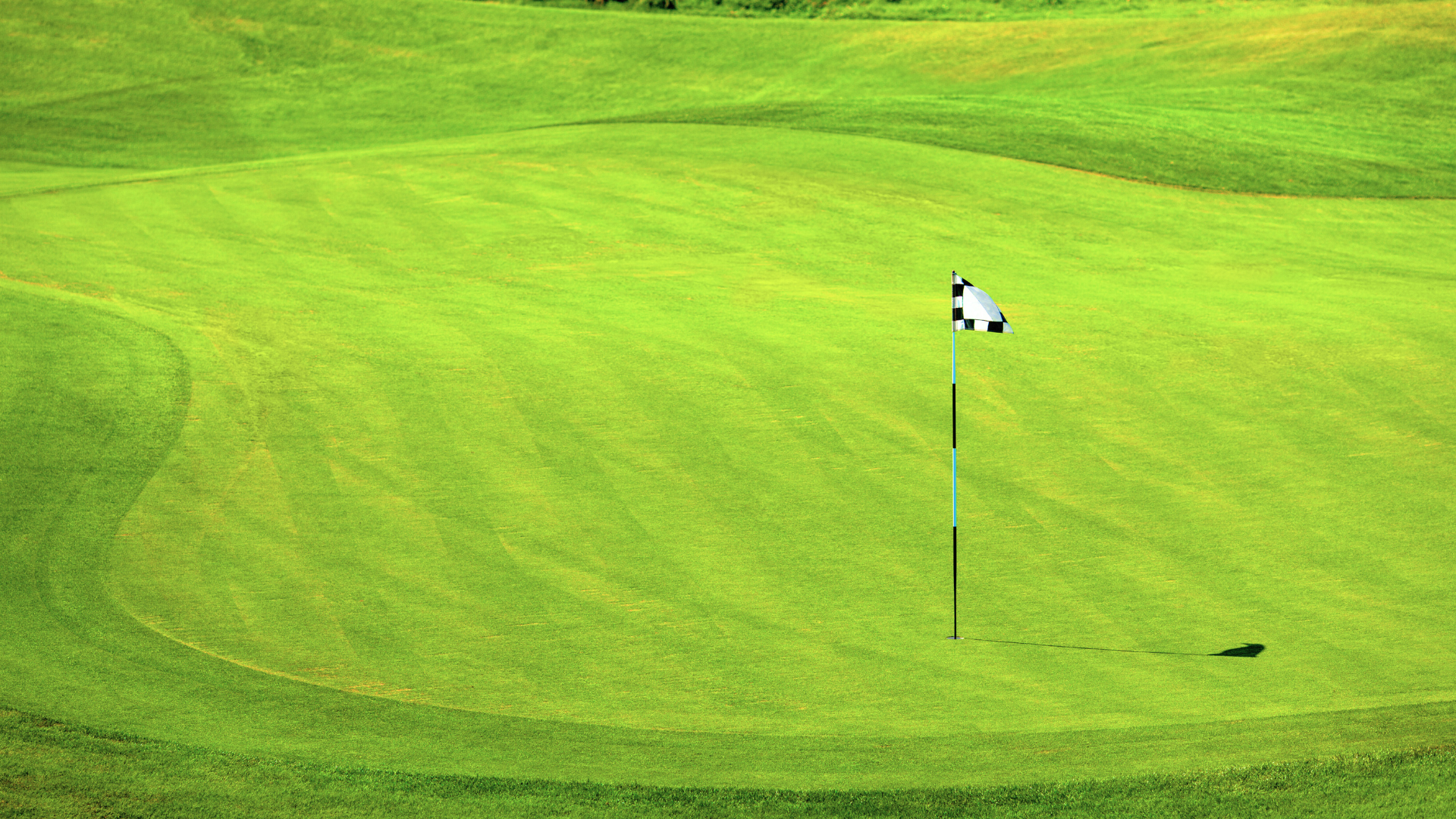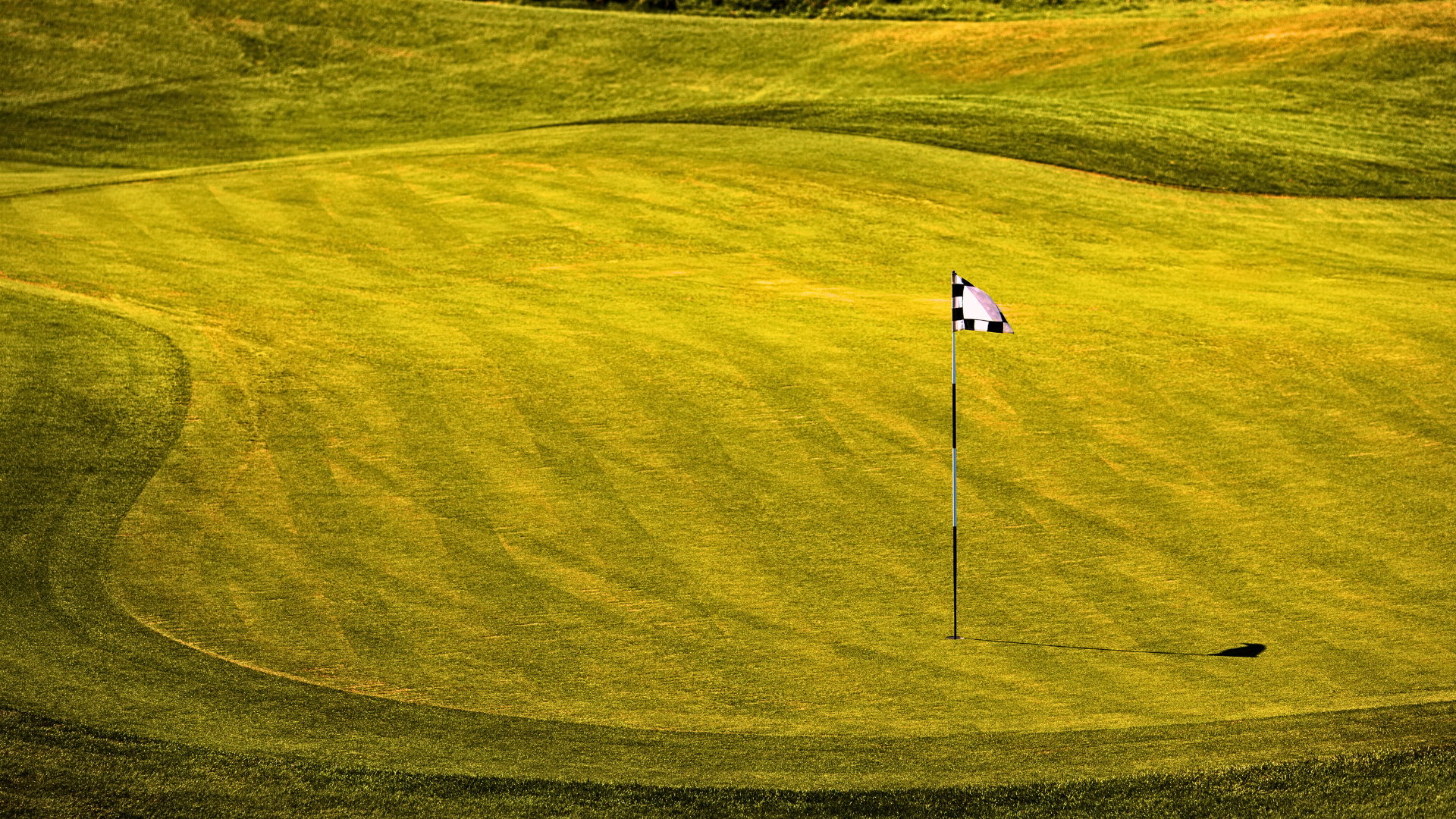Good vision is everything on the links. Seeing the fairway, striking the ball, reading the green — all that depends on visual clarity. In addition to having good clubs and apparel, you’ll also need the best golf sunglasses to shoot a low score.
There are many golf sunglasses out there, but choosing the right pair doesn’t have to be as difficult as deciding between a nine-iron or a wedge. By knowing what features to look for, you can find golfing sunglasses that will ace every round. This guide goes over the important considerations when shopping for golf eyewear.
Jump to:
- Lens Tint
- UV Protection
- Non-Polarized
- HEV Light Blocking
- Light Transmission
- Lens Quality
- Anti-Fog
- Frame Design
Lens Tint: Find the Right Color for the Course
The lens color you choose isn’t just about style, it’s a critical factor in how well you see on the course. The best sunglasses for golf use tints that improve contrast, reduce glare, and help you spot the ball in any light.
Rose, copper, and purple lens tints are excellent choices for golf. These colors enhance contrast between the green grass and your golf ball, so you can track shots with ease. RIA’s Golf HD+ lens uses a proprietary copper-rose tint designed to filter out excess green light and boost reds and yellows. The result? Sharper vision for reading greens and tracking your ball against the sky.

No Lens

Golf HD+
UV Protection
Golfers spend hours under the sun, and prolonged UV exposure can damage your eyes over time. The best golf sunglasses block 100% of UVA and UVB rays to keep your vision safe and strong.
According to the According to the American Academy of Ophthalmology (AAO), the most important thing to look for when buying sunglasses for golf is that they have 100% UVA and UVB protection. Subpar lenses can actually make things worse by letting UV rays slip through while your pupils are dilated. Every lens from RIA Eyewear is crafted to deliver full-spectrum UV protection so you can focus on your swing, not your safety.
Polarized vs. Non-Polarized Lenses: Which Is Better for Golf?
While polarized lenses are great for cutting glare on water or pavement, they aren’t ideal on the golf course. Polarization can flatten your field of vision, making it harder to judge distances and read greens.
The best sunglasses for golf are non-polarized, as they preserve depth perception and contrast. RIA’s non-polarized Golf HD+ lenses help you time your swing and track your shots with absolute clarity.
HEV (Blue Light) Blocking: Keep Your Eyes Comfortable
The best golf sunglasses do more than block the sun, they protect your eyes from harsh high-energy visible (HEV) blue light. You’ve probably heard about blue light filtering for phones and computers, but the sun also emits intense HEV light that can cause eye strain, fatigue, and even long-term damage.
Golf HD+ goes beyond 100% UVA/B protection: paired with our Blue Refresh mirror, it filters out over 90% of harsh blue light in the 400–420nm range. The result? Sunglasses that keep your eyes relaxed, focused, and comfortable through every hole.
Light Transmission
Visible light transmission (VLT) refers to the percentage of light that passes through your lenses. Too much light leads to glare and squinting, while too little darkens your view and strains your eyes.
For golf, sunglasses with a VLT of 20-30% are ideal to handle changing light on the course. RIA’s Golf HD+ lenses feature a 24% VLT, delivering clear, balanced vision from early morning tee times to overcast afternoons.
High-Quality Lenses
Golf is a sport of precision. Striking the ball a millimeter off can cause it to land 50 yards from where you wanted. Using cheap, low-quality lenses can cause distortion that significantly hampers your game. Straight lines become curved, and objects might appear to be a few inches away from where they should be. Resulting performance issues range from mistimed swings to nausea and dizziness. Distortion is particularly prevalent in high-wrap sunglasses if the lenses are not made by a high-quality manufacturer. That’s why we partnered with ZEISS to ensure that even our highest-wrap styles provide zero distortion for the highest-performing and most comfortable visual experience possible.
Anti-Fog Coating: Play Without Distractions
Sunglass fogging is a common problem on hot, humid days or if there is a big temperature swing from a sudden rainstorm. When water vapor lands on sunglass lenses, it condenses into a foggy mess. Anti-fog coatings will reduce the effects for better vision. Some coatings are better than others, though, and you get what you pay for. At RIA Eyewear, we utilize ZEISS’s premium anti-fog technology, a chemically bonded coating applied to both sides of the lens before it is cut, ensuring longevity and the ability to withstand heavy use.
Frame Design: Comfort and Performance in Every Swing
Once you’ve chosen the right lenses, it’s time to focus on the frames. A wraparound design offers superior coverage and peripheral vision, reducing the chance of sunlight and glare creeping in from the sides. This style also helps your sunglasses stay securely in place throughout your swing while shielding your eyes from wind and debris. Most of our golf sunglasses, like the Model One, Tempo, Vantage, and Versa, feature high-wrap designs, and even our hybrid frames – Forte, Nova and Response – offer more coverage than standard everyday sunglasses.
Golfers also need sunglasses that are lightweight and durable. Heavy frames can become uncomfortable during a long round, while flimsy ones may not survive a drop or accidental pressure in the cart. That’s why nylon is the material of choice for the best golf sunglasses – light yet strong, it’s perfect for all-day wear. At RIA Eyewear, we use premium nylon in every performance frame for comfort and resilience.
The best sunglasses for golf are more than just an accessory, they’re a game-changing tool. With the right lens tint, UV protection, durable materials, and a comfortable design, you’ll set yourself up for better focus and lower scores. Upgrade to a pair of premium golf sunglasses and experience the difference in your game.

